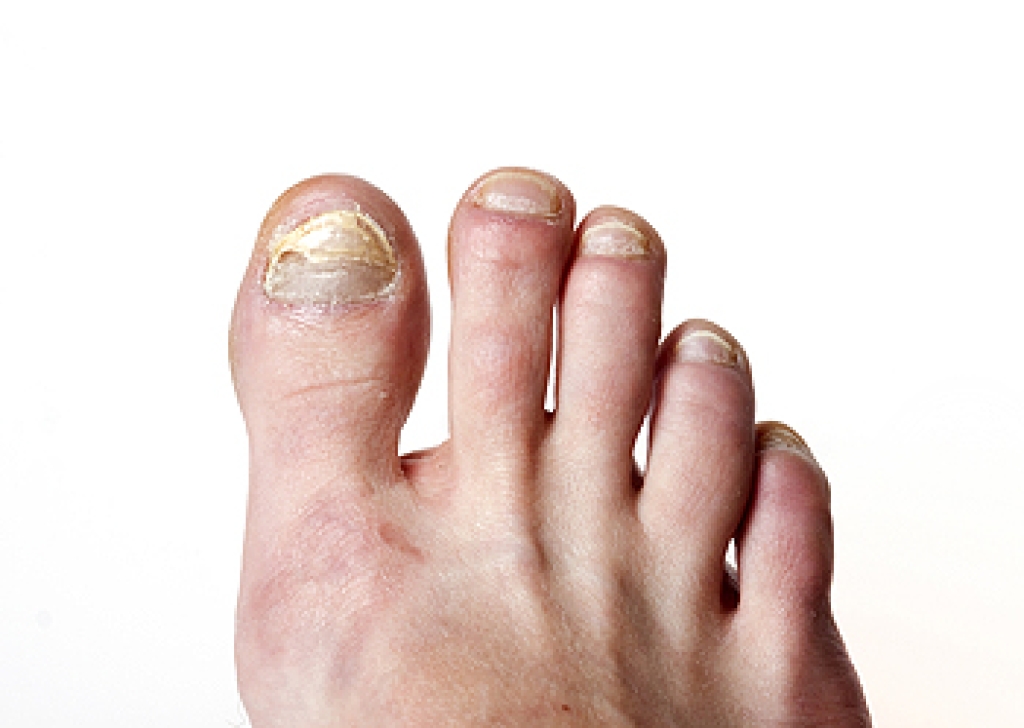
A fungal infection in the toenails begins when tiny organisms settle under the nail and gradually alter its appearance. The nail may become thicker, take on a yellow or cloudy tone, or lose its smooth surface over time. Some people notice that shoes feel tighter, while others see the nail becoming crumbly or uneven as the infection progresses. Because the fungus lives beneath the hard nail plate, it often continues to grow unless properly treated. A podiatrist can examine the nail, confirm the cause, and create a plan that targets the infection at its source. Care may involve medicated applications, oral therapy, precise nail care, or advanced in-office treatments designed to limit fungal growth and improve the look and comfort of the nail. If your toenails are changing in ways that concern you, it is suggested that you see a podiatrist for effective treatment solutions.
If left untreated, toenail fungus may spread to other toenails, skin, or even fingernails. If you suspect you have toenail fungus it is important to seek treatment right away. For more information about treatment, contact one of our podiatrists of David A. Scalzo, DPM, PC and Associates. Our doctors can provide the care you need to keep you pain-free and on your feet.
Symptoms
- Warped or oddly shaped nails
- Yellowish nails
- Loose/separated nail
- Buildup of bits and pieces of nail fragments under the nail
- Brittle, broken, thickened nail
Treatment
If self-care strategies and over-the-counter medications does not help your fungus, your podiatrist may give you a prescription drug instead. Even if you find relief from your toenail fungus symptoms, you may experience a repeat infection in the future.
Prevention
In order to prevent getting toenail fungus in the future, you should always make sure to wash your feet with soap and water. After washing, it is important to dry your feet thoroughly especially in between the toes. When trimming your toenails, be sure to trim straight across instead of in a rounded shape. It is crucial not to cover up discolored nails with nail polish because that will prevent your nail from being able to “breathe”.
In some cases, surgical procedure may be needed to remove the toenail fungus. Consult with your podiatrist about the best treatment options for your case of toenail fungus.
If you have any questions please contact our office located in Duryea, PA . We offer the newest diagnostic and treatment technologies for all your foot and ankle needs.




